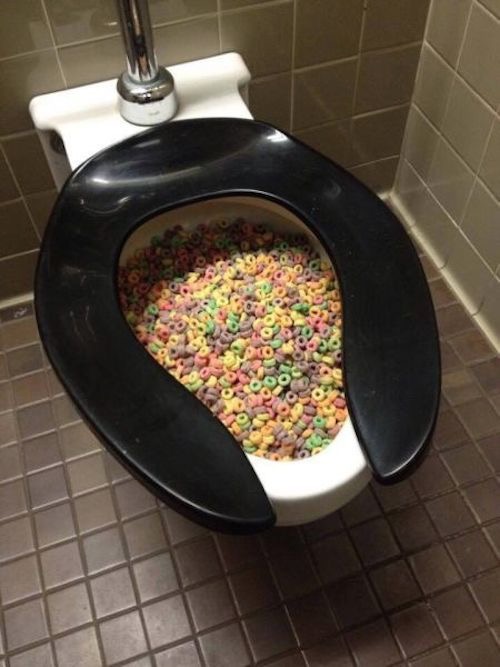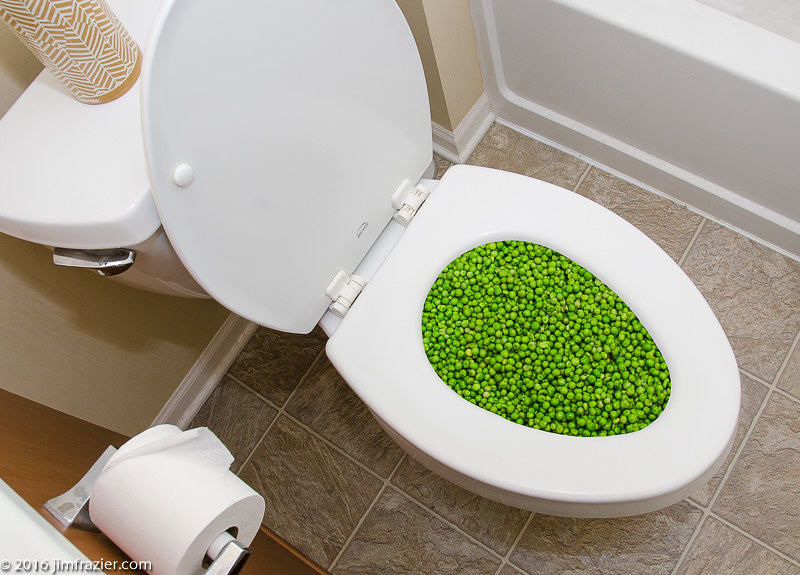Is it Appropriate to Flush Food Down the Toilet?
Is it Appropriate to Flush Food Down the Toilet?
Blog Article
Just about every person maintains his or her own assumption about Think Twice Before Flushing Food Down Your Toilet.

Introduction
Many people are commonly faced with the problem of what to do with food waste, especially when it involves leftovers or scraps. One typical question that emerges is whether it's fine to flush food down the commode. In this short article, we'll explore the reasons why people might think about flushing food, the repercussions of doing so, and alternative techniques for proper disposal.
Reasons why individuals may think about purging food
Lack of understanding
Some people may not recognize the potential harm caused by flushing food down the toilet. They may wrongly think that it's a safe technique.
Convenience
Flushing food down the bathroom might seem like a fast and very easy option to dealing with undesirable scraps, especially when there's no nearby garbage can offered.
Negligence
In some cases, people may merely pick to flush food out of large idleness, without considering the repercussions of their activities.
Consequences of flushing food down the commode
Environmental influence
Food waste that winds up in waterways can contribute to pollution and damage aquatic ecological communities. In addition, the water utilized to purge food can stress water resources.
Plumbing concerns
Flushing food can lead to blocked pipes and drains, creating pricey pipes repairs and inconveniences.
Types of food that should not be purged
Coarse foods
Foods with fibrous textures such as celery or corn husks can get tangled in pipes and trigger blockages.
Starchy foods
Starchy foods like pasta and rice can absorb water and swell, causing obstructions in pipes.
Oils and fats
Greasy foods like bacon or food preparation oils must never ever be flushed down the bathroom as they can strengthen and trigger obstructions.
Correct disposal techniques for food waste
Making use of a waste disposal unit
For homes geared up with garbage disposals, food scraps can be ground up and purged with the plumbing system. Nevertheless, not all foods appropriate for disposal in this way.
Recycling
Specific food product packaging materials can be recycled, decreasing waste and minimizing environmental influence.
Composting
Composting is a green method to take care of food waste. Organic products can be composted and used to improve dirt for horticulture.
The significance of proper waste management
Minimizing ecological harm
Proper waste administration methods, such as composting and recycling, assistance decrease contamination and preserve natural resources for future generations.
Safeguarding plumbing systems
By staying clear of the method of flushing food down the commode, property owners can avoid costly plumbing fixings and keep the honesty of their pipes systems.
Conclusion
Finally, while it may be alluring to flush food down the commode for comfort, it's important to recognize the prospective consequences of this action. By taking on appropriate waste administration techniques and throwing away food waste sensibly, individuals can contribute to much healthier pipes systems and a cleaner setting for all.
FLUSH FOOD DOWN THE TOILET?
FLUSHING FOOD CAN CAUSE BLOCKED DRAINS IN YOUR HOME
All of the plumbing fixtures in your home are connected to the same sewer pipe outside of your home. This outdoor sewer pipe is responsible for transporting all the wastewater from your home to the Council sewer mains. Even small pieces of food that go down the kitchen sink can cause problems for your sewer. It should therefore be obvious that flushing larger bits of food, such as meat, risks a clog in either the toilet itself or the sewer pipes. Flushing greasy food is even more problematic because oil coagulates when it cools, coating the interior lining of your pipes.
THE TOILET IS NOT A BIN
Food isn’t the only thing that people shouldn’t be flushing down the toilet. People use the toilet to dispose of all kinds of things such as tampons, makeup wipes, dental floss, kitty litter and even underwear. Water goes to great lengths to educate residents about the high costs and stress placed on wastewater treatment systems simply from people flushing the wrong stuff down the toilet. It costs taxpayers millions of dollars each year, and homeowners thousands in blocked drain repairs.
FLUSHING FOOD IS A WASTE OF WATER
Flushing food is a waste of our most precious resource - water. In June this year Level 1 water restrictions were introduced to protect water supply from drought conditions. Much of New South Wales continues to be affected by prolonged drought with recent figures revealing up to 97 per cent of the state remains in drought. Depending on whether you have a single or dual flush toilet, every single flush uses between five and 11 litres of water. In the current climate this is a huge amount of water to be wasting on flushing food that should be placed in the bin (or better yet, the compost).
https://www.jabplumbingsolutions.com.au/blog/can-you-flush-food-down-the-toilet

I have been very interested in Think Twice Before Flushing Food Down Your Toilet and I really hope you enjoyed the new entry. Are you aware of anybody else who is inquisitive about the topic? Be sure promote it. Thank you so much for going through it.
Schedule Appointment Report this page